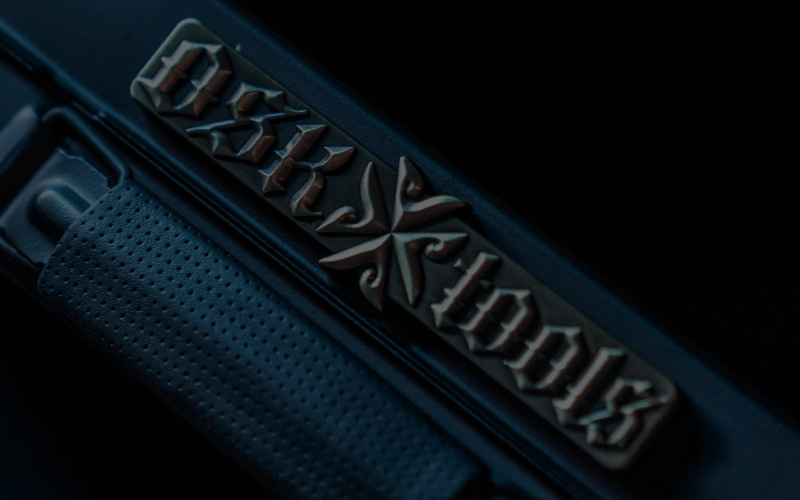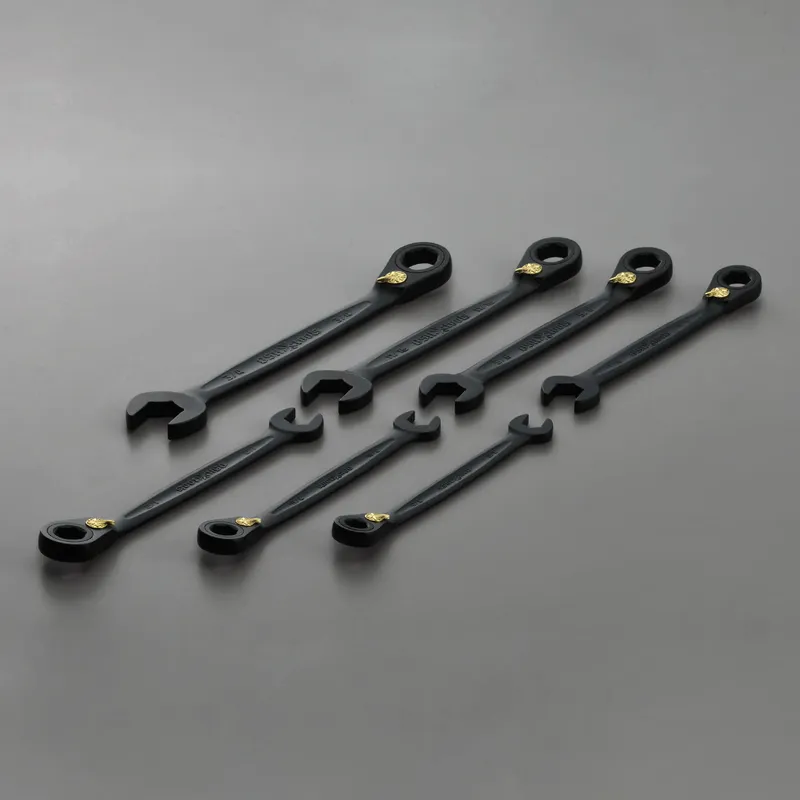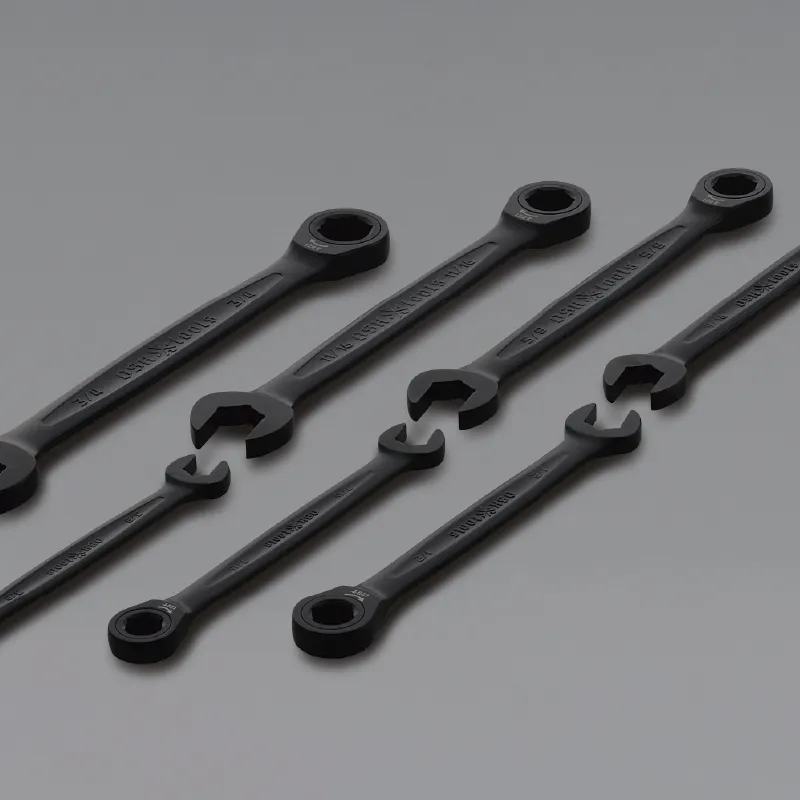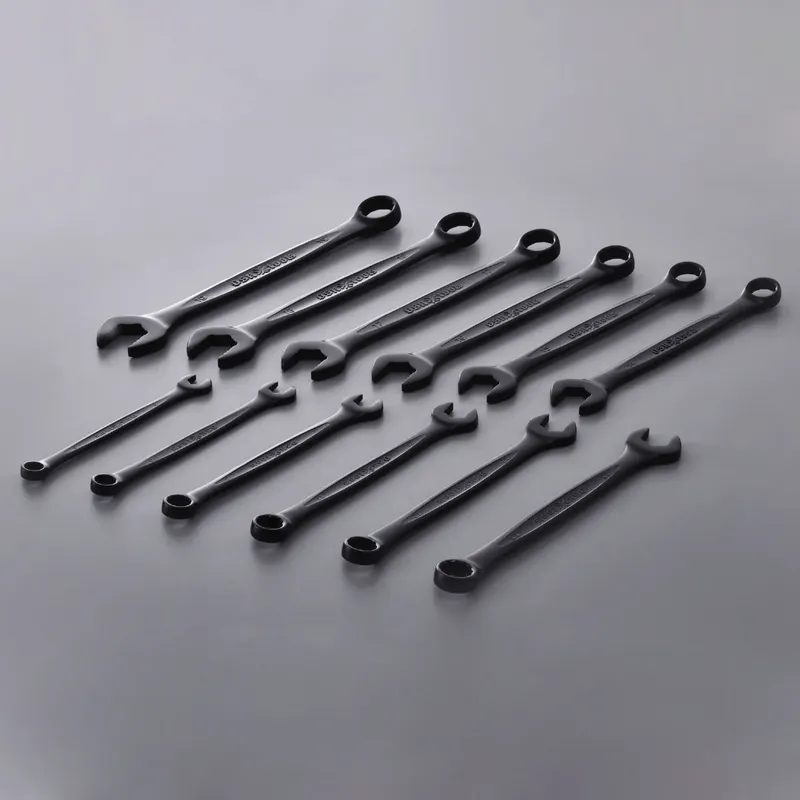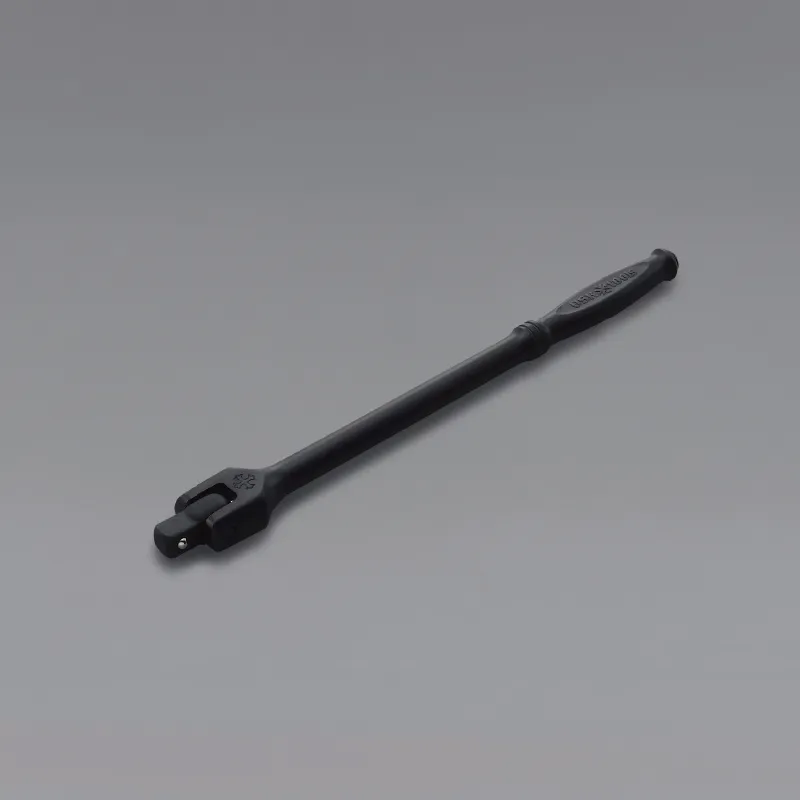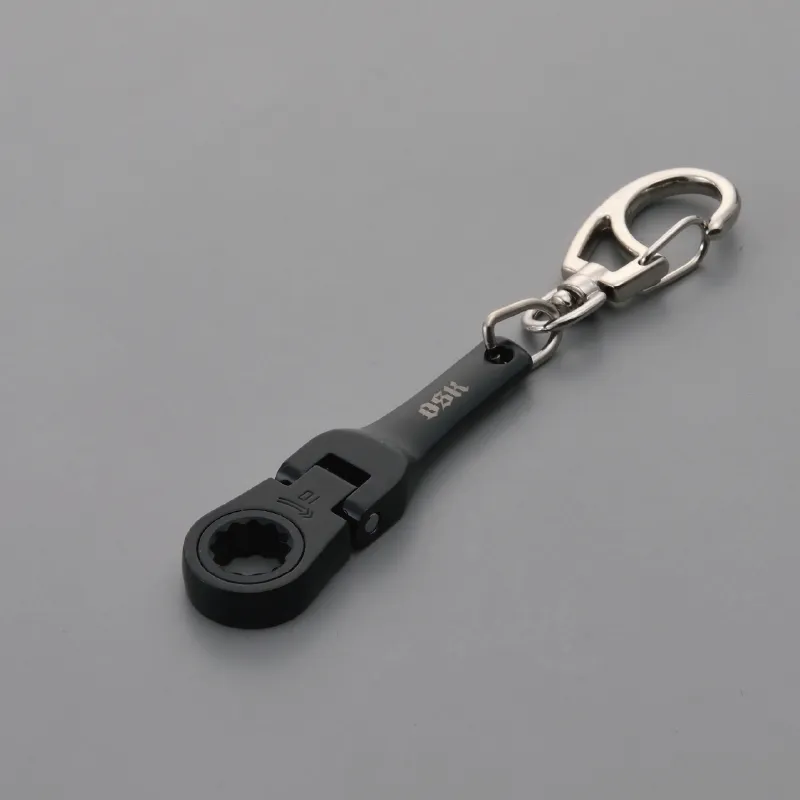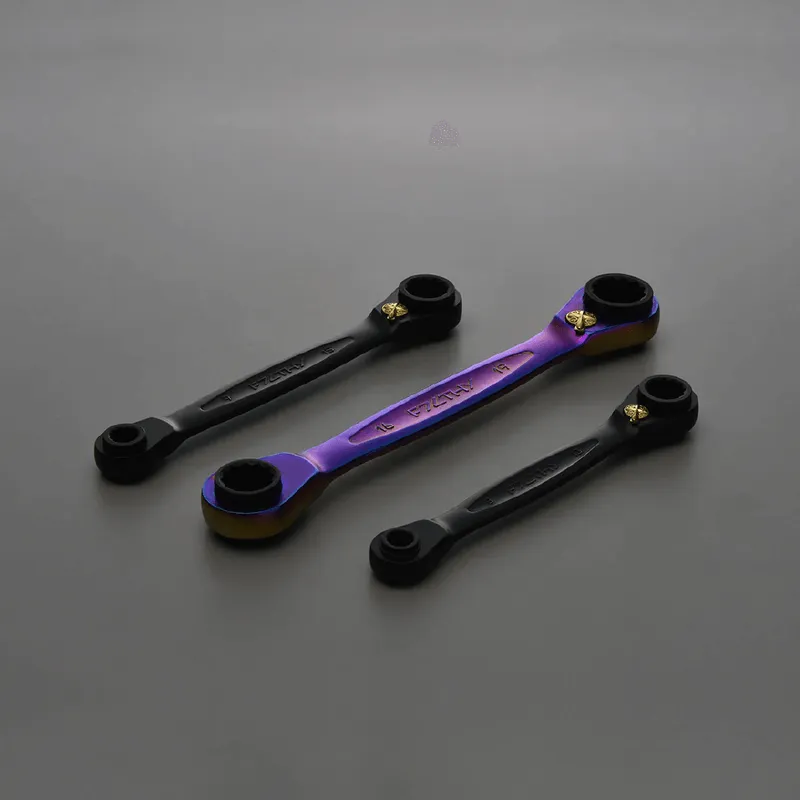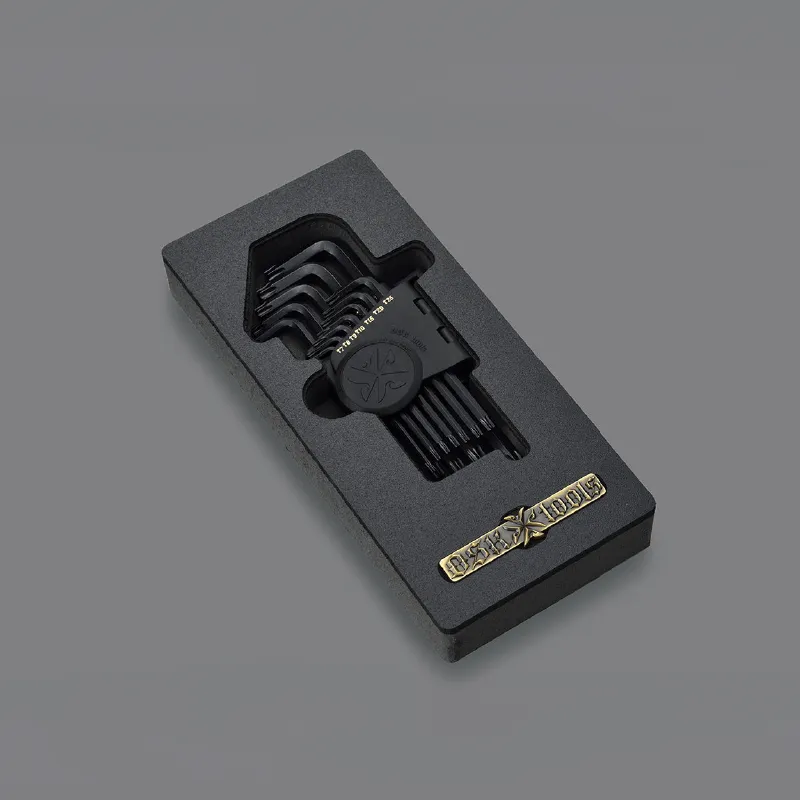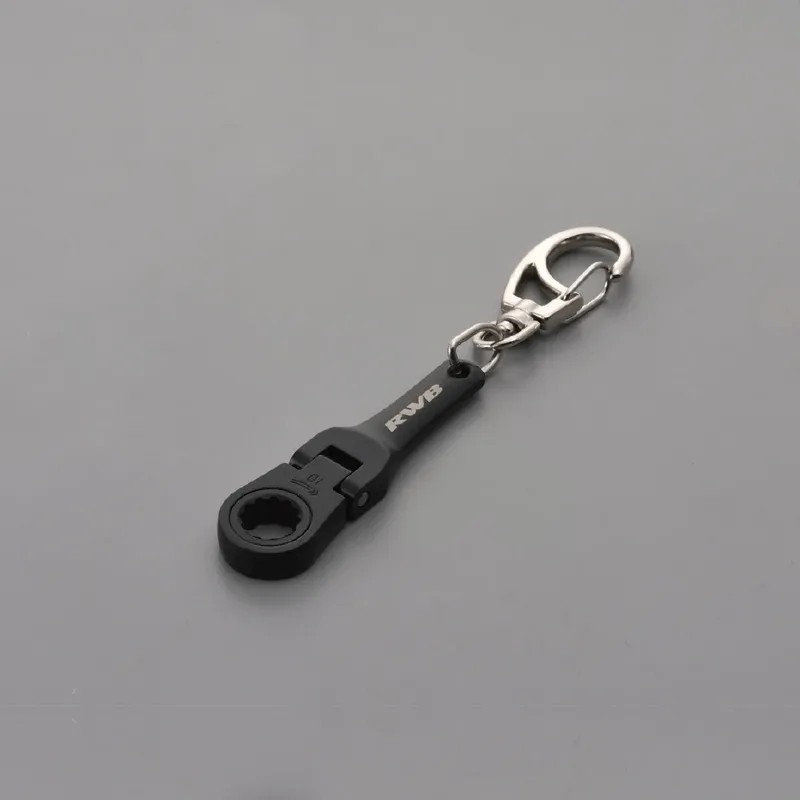
Ratcheting wrenches, known for their quick operation, are indispensable tools in both everyday repairs and professional applications. However, for tasks requiring precise torque output, their accuracy often becomes a critical consideration. Understanding the design features and their impact on accuracy helps users choose the right tool for various needs.
Table of Contents (Click to read this paragraph)
- Can a ratcheting wrench replace a breaker bar? 3 point to explain▼
- Recommended Ratchet Wrench Set [OSK Hand Tools] Black Chrome Coated Ratchet Wrench, Making Repairs More Efficient▼
How accurate is a ratcheting wrench? 4 things you should know

The accuracy of a ratcheting wrench is influenced by several factors, including manufacturing quality, gear precision, and operating conditions. While they excel in efficiency, high-precision tasks may still require complementary professional-grade tools. The following explores the key factors affecting the accuracy of ratcheting wrenches.
1.Torque Accuracy

The torque accuracy of a ratcheting wrench is one of its critical performance metrics, especially in applications requiring precise force. The following are key factors influencing the torque accuracy of ratcheting wrenches.
a.Manufacturing Quality
High-quality materials and precise machining ensure structural stability and consistent operation, resulting in more accurate torque output.
b.Calibration and Certification
Professionally calibrated ratcheting wrenches often meet specific torque standards, such as ISO or ASME certifications, ensuring reliable accuracy.
c.Lifespan and Maintenance
Prolonged use can lead to internal mechanism wear, affecting torque accuracy. Regular maintenance and recalibration help extend tool life and maintain precision.
Further reading: How to Choose a Comfortable Grip Wrench? 3 Key Points to Guide You
2.Gear Precision
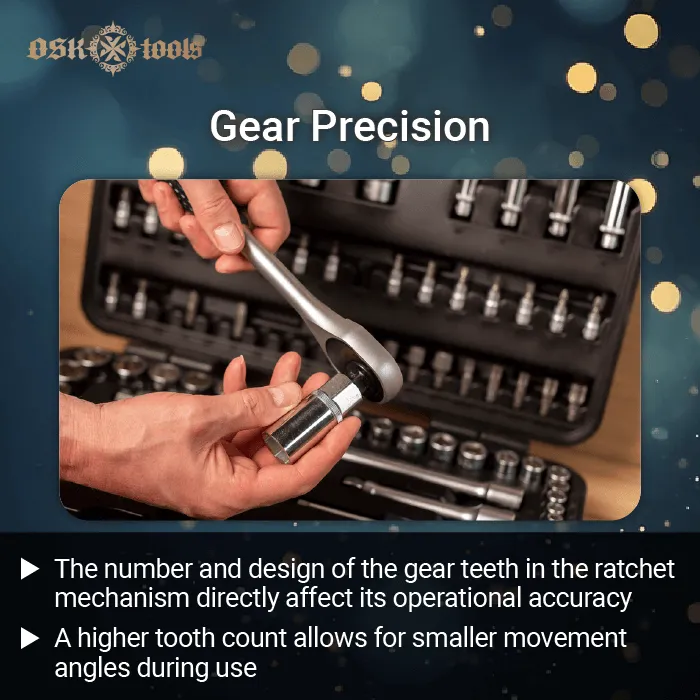
Gear precision has a direct impact on the sensitivity and accuracy of a ratcheting wrench, making it especially crucial in tight spaces or for tasks requiring detailed work. The number of gear teeth plays a significant role in determining precision. A higher tooth count reduces the movement angle needed per operation, allowing for greater control and suitability in situations requiring fine adjustments.
Further reading: Adjustable vs. fixed ratcheting wrenches, 3 point to explain
The design and machining quality of the gears also determine the amount of backlash during operation. Precisely machined gears minimize this issue, improving the continuity and stability of movements. Material selection is equally important, as high-strength metal gears provide better durability and reduce accuracy loss over time due to wear. Regular lubrication and maintenance of the gear mechanism help decrease friction and wear, ensuring smooth operation and long-term precision.
3.Wear and Backlash Impact

Wear and backlash are common issues that affect the accuracy and performance of ratcheting wrenches over prolonged use. Below are the specific impacts and countermeasures
- Impact of Wear on Accuracy: Extended use causes wear on internal gears and mechanisms, leading to less precise gear engagement and reduced operational stability.
- Backlash Affecting Efficiency: Excessive gear clearance results in backlash, causing partial power transmission loss during operation and requiring additional effort, ultimately reducing work efficiency.
- Inspection and Prevention: Regularly inspect the gears and mechanisms for signs of wear, particularly at the edges and engagement points, to identify problems early and perform repairs or replacements as needed.
- Lubrication and Maintenance: Routine lubrication of gears and ratcheting mechanisms minimizes friction and wear, prolonging the tool’s lifespan and maintaining operational stability.
Further reading: Why use a ratcheting wrench? 3 reasons to understand
4.Application Scope and Limitations

Ratcheting wrenches are widely used in various repair and assembly tasks due to their quick operation and convenience. However, their application scope is also defined by the design and performance characteristics of the tool.
These wrenches are ideal for tasks requiring frequent adjustments, such as automotive repairs, furniture assembly, and mechanical equipment maintenance. In such scenarios, they significantly enhance efficiency, especially in tight spaces where repeated operations are required.
However, for applications demanding extreme precision, such as aerospace equipment or medical device maintenance, ratcheting wrenches may lack the necessary stability and accuracy. Additionally, low-quality or worn ratcheting wrenches may experience gear slipping or backlash under high loads, further limiting their usability.
Selecting the right ratcheting wrench is critical. Users should assess the tool's performance based on specific requirements and consider supplementary tools for tasks involving high precision or heavy loads.
Recommended Ratchet Wrench Set [OSK Hand Tools] Black Chrome Coated Ratchet Wrench, Making Repairs More Efficient
In conclusion, ratcheting wrenches play a crucial role in both everyday repairs and professional tasks, with their accuracy and performance heavily influenced by the quality of the tool chosen. Opting for a reliable brand like OSK Hand Tools ensures precision and durability. With excellent design and high-quality materials, OSK provides stable and precise performance for a wide range of tasks, enabling users to complete various jobs efficiently. Whether for simple home repairs or professional mechanical maintenance, OSK offers the right ratcheting wrenches to meet high-precision needs.
Released on 2025-01-16|Last updated on 2025-02-05 | 164
OSK Tools-Wrench Brand
Phone: +1 949 372 2831(Click to call)
Facebook:OSK Tools(Click to visit)
FB Messenger:OSK Tools(Click to DM)
Service Time: 09:00-18:00 on weekdays


